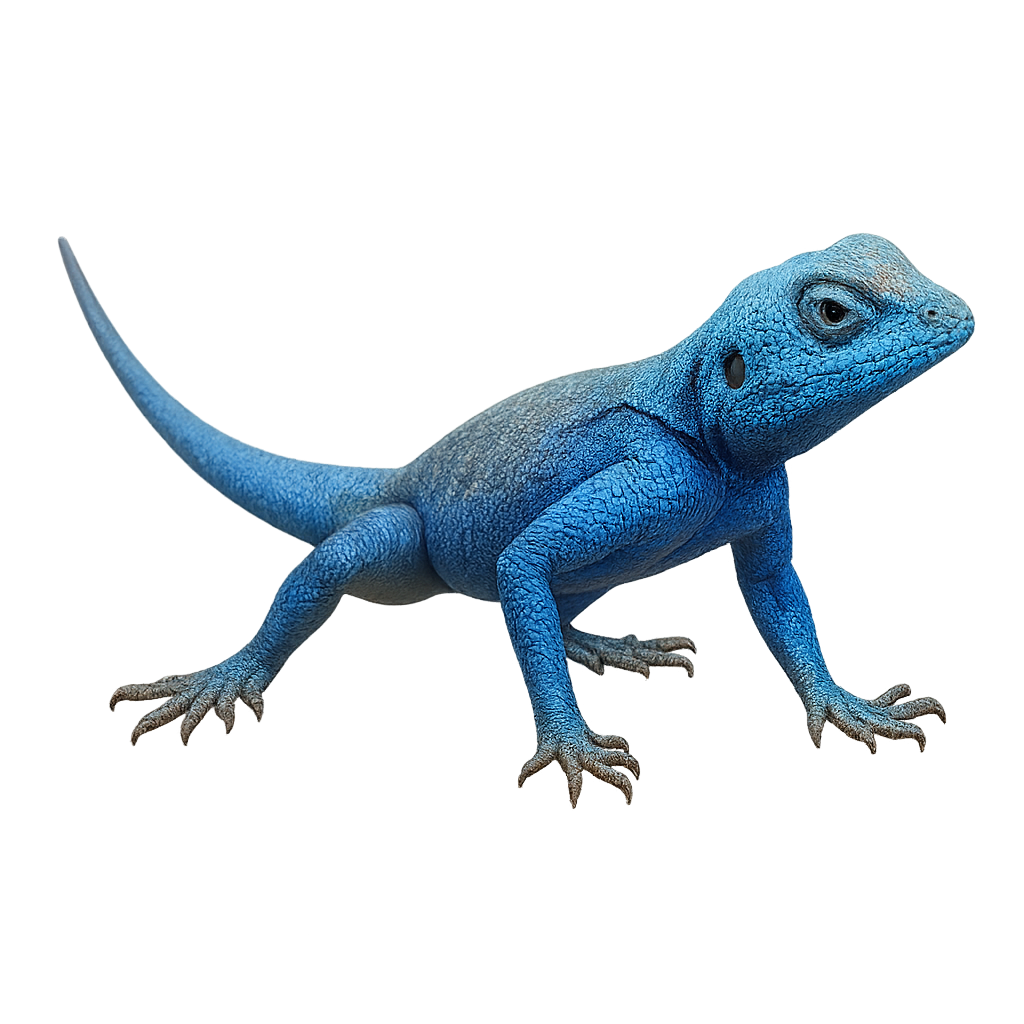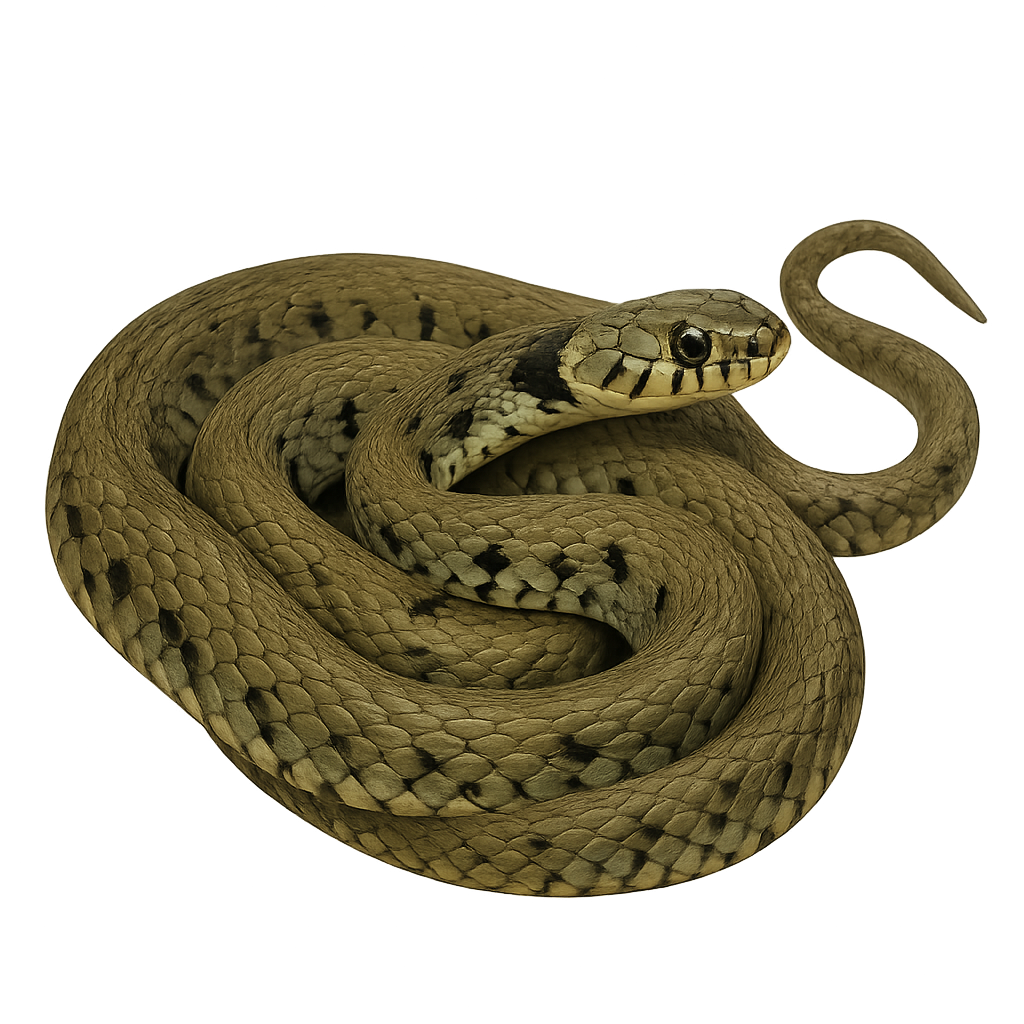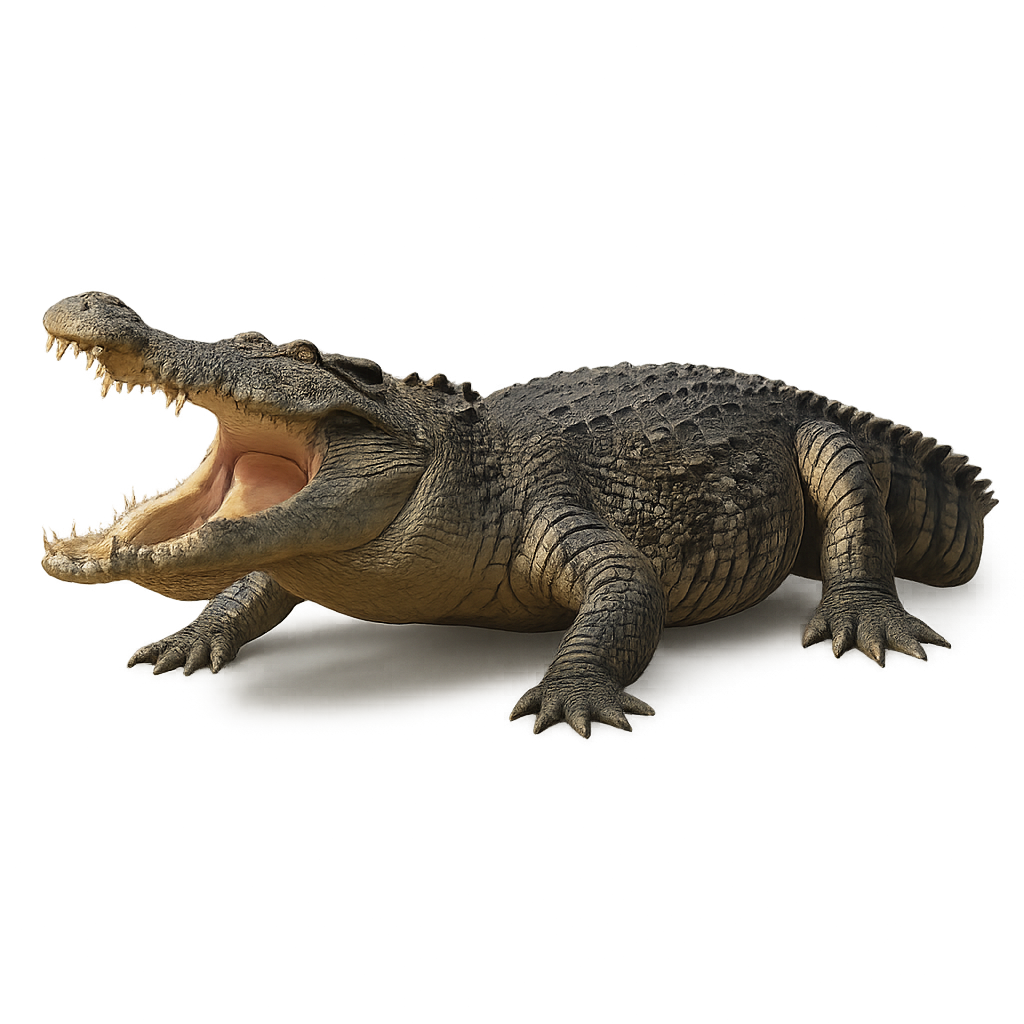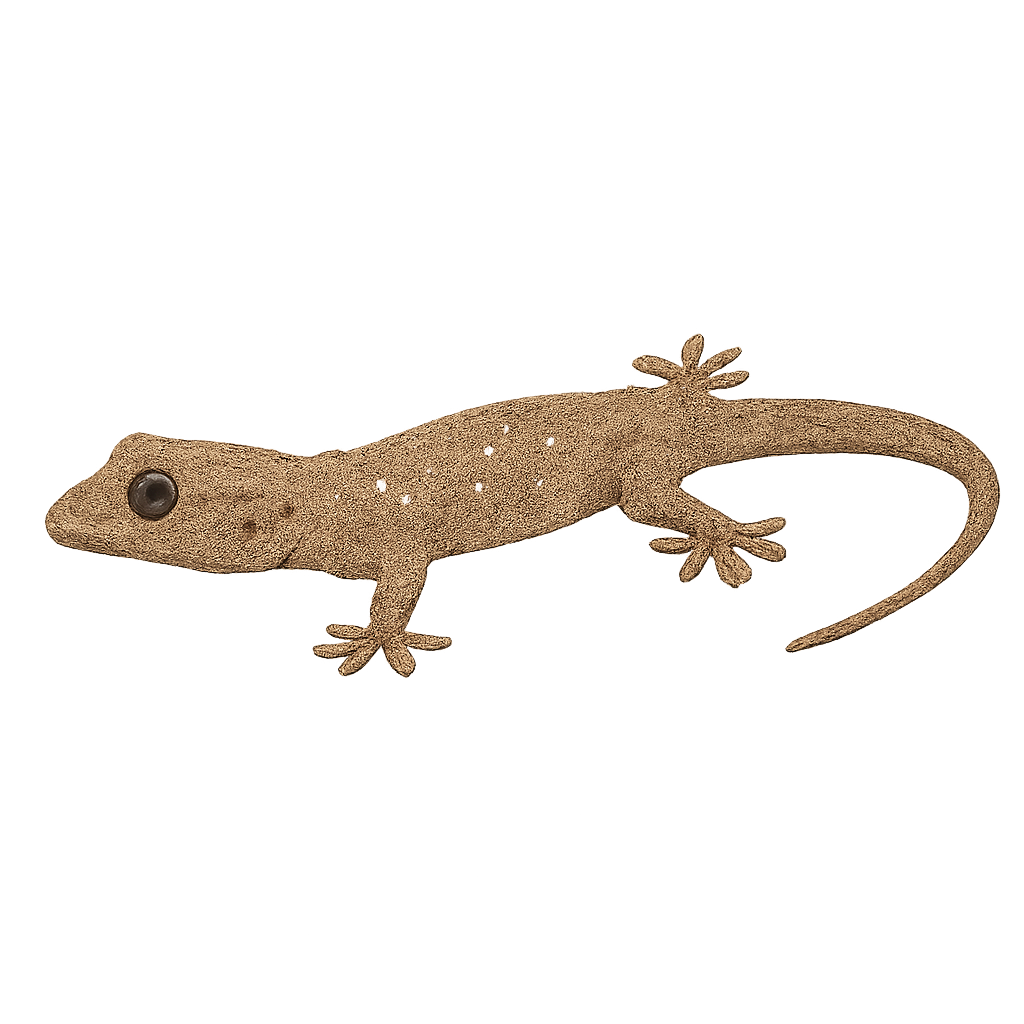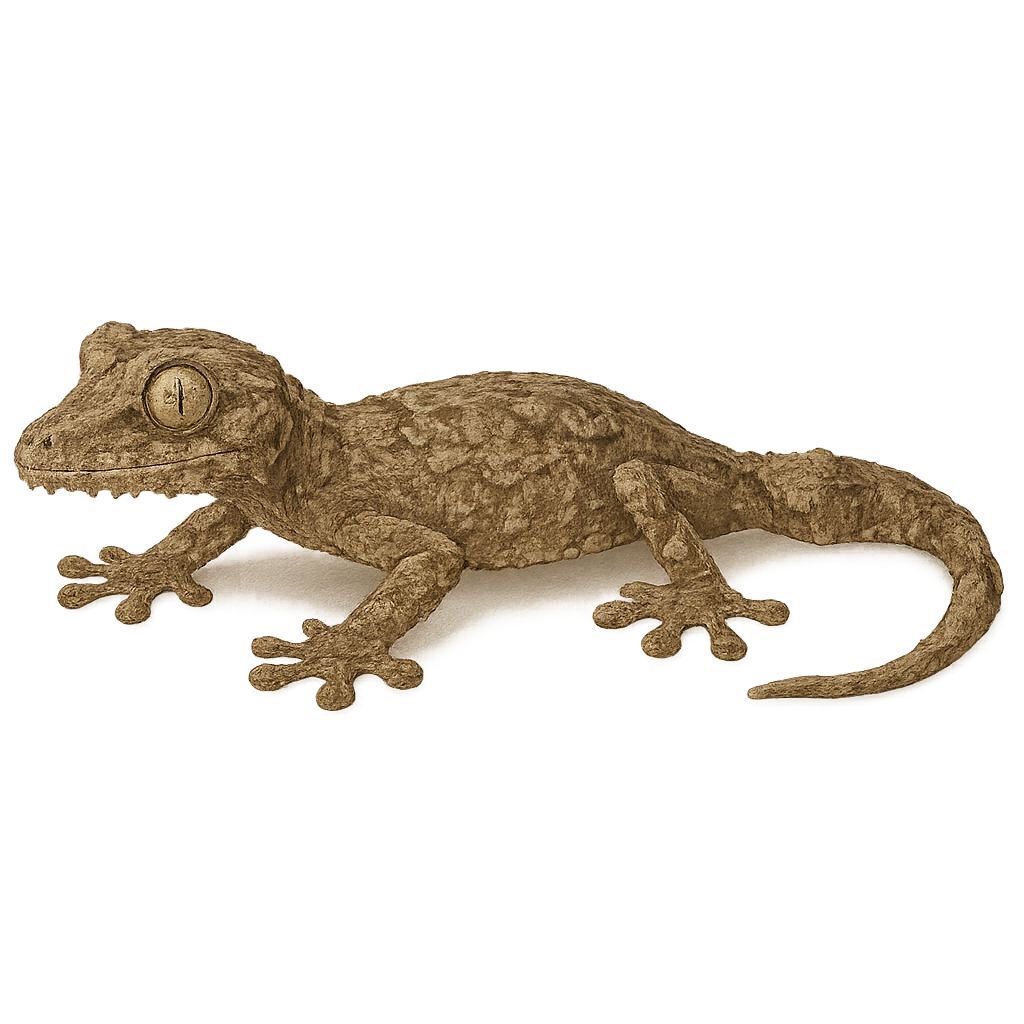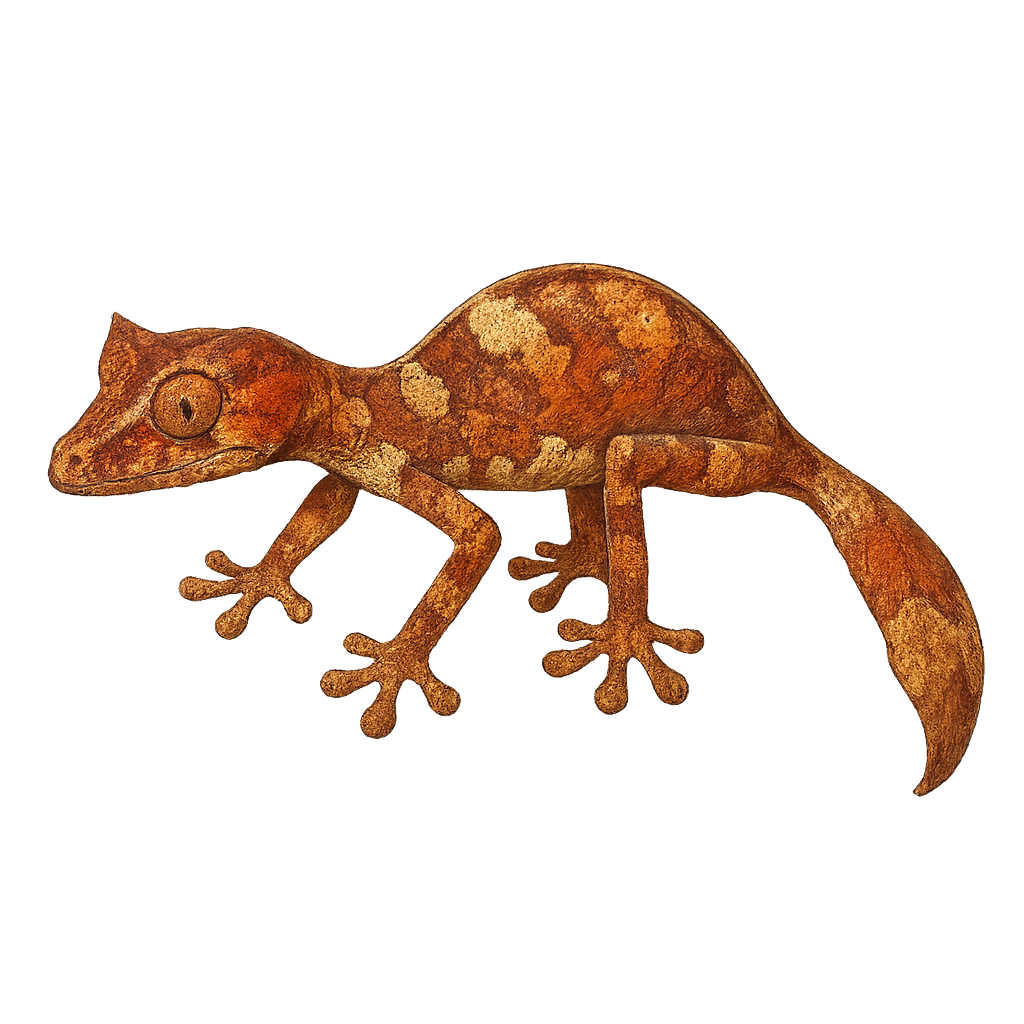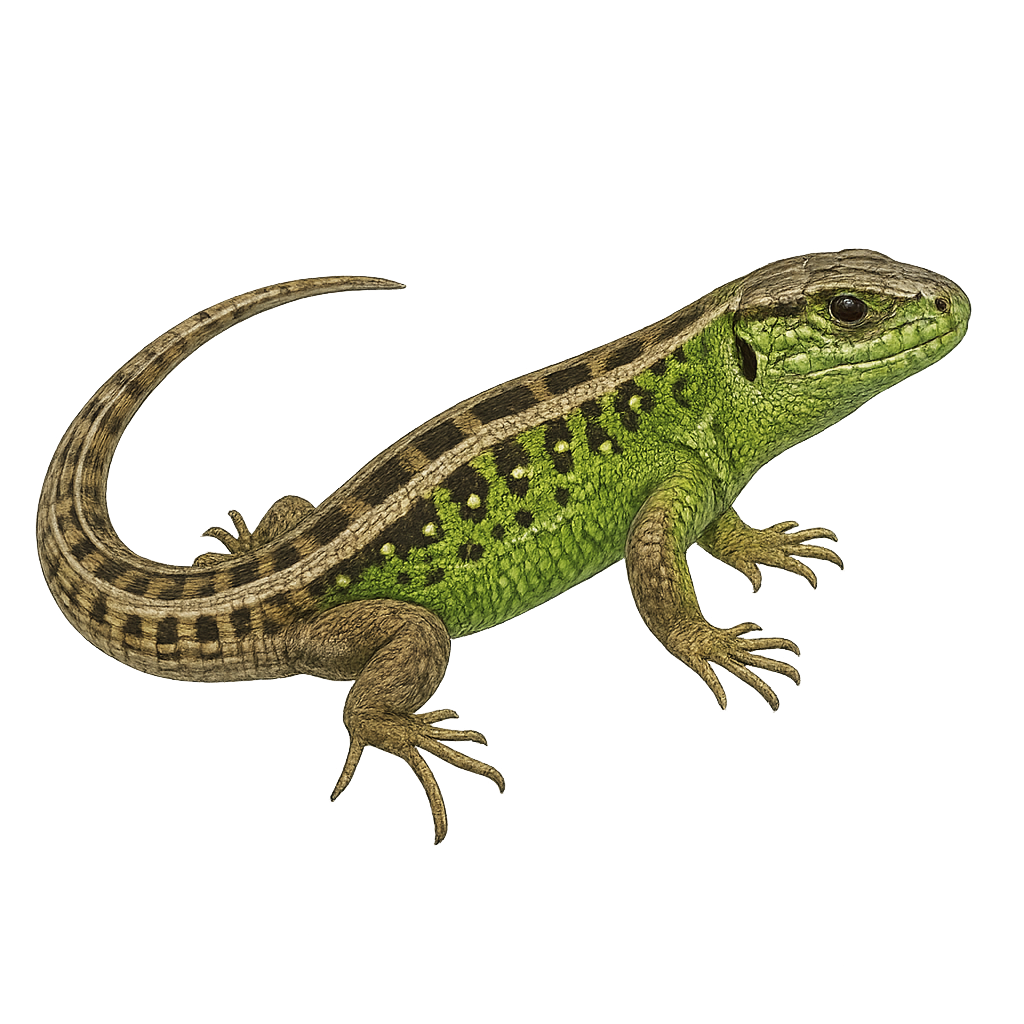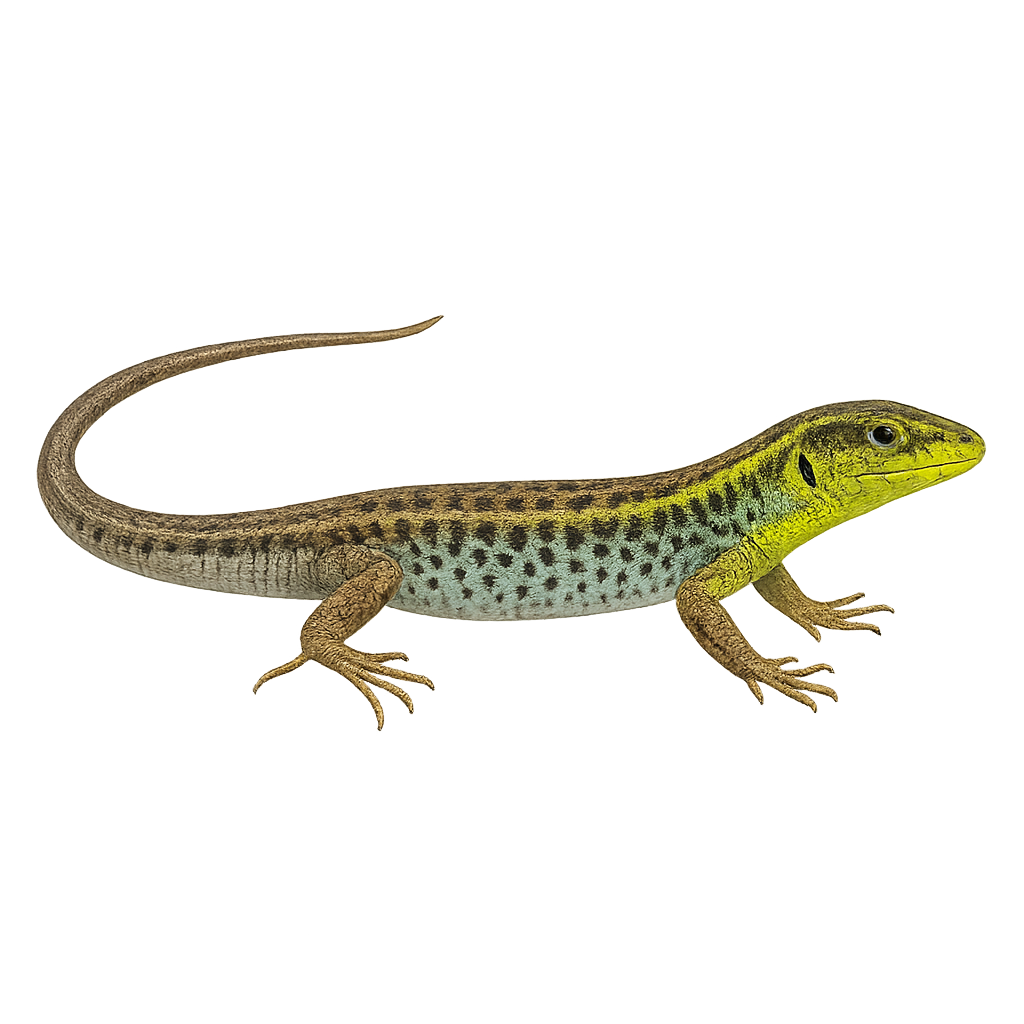Animal Species Profiles:
Mammals, Birds, Reptiles & More
Explore wildlife from around the world with the species profiles on WildlifePhotographer. Mammals, birds, reptiles… For each species, you’ll find key information such as habitat, observation periods, distribution, and photography tips. Want more details and advanced features? Download the full app for the complete experience.
Sinai agama
Pseudotrapelus sinaitus
The Sinai agama is a small agamid lizard up to 18 cm long (including tail), with olive-brown dorsal coloration marked with dark spots and a slender head. Native to arid regions of northeastern Africa and the Arabian Peninsula, it inhabits rocks, cliffs, and sandy ground, feeding primarily on insects and other arthropods. During the breeding season (April to June), the male turns bright blue and performs head-bobbing and push-up displays to court females.
Swiss collar snake
Natrix helvetica
The European Water Snake is a non-venomous species of snake, easily recognized by the distinct black or brown collar-like markings around its neck. Its body is typically olive or brown, with lighter patterns on the back and sides. This snake typically measures between 50 and 100 cm long, although it can sometimes reach up to 1.5 meters in rare cases.
The European Water Snake primarily inhabits wetland areas, such as lake shores, rivers, and marshes. It is highly agile and spends most of its time hunting fish, amphibians, and small reptiles, which it captures by diving or swimming. Though mainly terrestrial, it is also an excellent swimmer. The species is protected in some areas due to habitat loss. The European Water Snake plays an important role in regulating amphibian populations and controlling small aquatic animals.
Saltwater crocodile
Crocodylus porosus
The Saltwater crocodile is the largest of the crocodiles, reaching up to 7 meters in length. It lives in the saline and brackish waters of the coasts of Southeast Asia, northern Australia, and the islands of the Indian Ocean. A powerful predator, it primarily feeds on fish, birds, and mammals, including large prey such as buffaloes and even sharks. While it is often feared for its size and power, it remains discreet in shallow waters and mangrove swamps. Due to hunting and habitat loss, the Saltwater crocodile is classified as a vulnerable species.
Smith's green-eyed gecko
Gekko smithii
The Smith's green-eyed gecko (Gekko smithii) is a medium-sized nocturnal lizard (total length up to 35 cm, SVL 19 cm) with olive-green to brown mottled dorsal coloration and a pale throat bordered by dark mottling. Endemic to tropical and secondary forests of Southeast Asia (Thailand, Malaysia, Indonesia, Myanmar, Singapore), it occupies tree trunks and riparian vegetation where it forages for insects and arachnids. Reproduction occurs year-round, with females laying clutches of two eggs followed by an incubation period of 60–90 days. It uses crevices for shelter, produces harsh calls to communicate, and exhibits moderate wariness.
Sikora's Leaf-tailed Gecko
Uroplatus sikorae
The Sikora's Leaf-tailed Gecko, Uroplatus sikorae, is a master of disguise, blending seamlessly into its surroundings with skin that mimics tree bark. Native to Madagascar, it primarily inhabits humid tropical forests. This nocturnal reptile is known for its ability to remain motionless for extended periods, making it difficult to spot. Its leaf-shaped tail is not only a tool for camouflage but also a means of communication with its peers. Measuring between 15 and 20 cm, it primarily feeds on insects. Although its appearance is striking, it is harmless to humans.
Satanic Leaf-Tailed Gecko
Uroplatus phantasticus
The Satanic Leaf-Tailed Gecko, Uroplatus phantasticus, is a master of camouflage native to Madagascar. Its ability to blend into its surroundings is remarkable, thanks to its skin that mimics the appearance of dead leaves. This small reptile, measuring about 10 cm, has a leaf-shaped tail that allows it to effectively hide from predators. Primarily active at night, it feeds on insects and other small invertebrates. Its coloration ranges from brown to gray, with occasional reddish hues, enabling it to blend into leaf litter. Although fascinating, it is vulnerable to deforestation and habitat loss.
Sand lizard
Lacerta agilis
The sand lizard, Lacerta agilis, is a medium-sized reptile, typically measuring between 15 and 25 cm in length, including the tail. Its coloration ranges from brown to green, with spotted patterns that help it blend into its surroundings. Males often display a brighter green hue, especially during the breeding season. This lizard is primarily found in Europe, favoring open habitats such as grasslands, sand dunes, and forest edges. Active during the day, it basks in the sun to regulate its body temperature. It feeds on insects, spiders, and occasionally small invertebrates. Although its conservation status is concerning in some areas, it remains relatively common in others.
Snake-eyed Lizard
Ophisops elegans
Ophisops elegans, commonly known as the snake-eyed lizard, is a small, agile reptile, typically measuring between 15 and 20 cm in length. Its smooth skin features a brown-green coloration with lighter patterns on the back, allowing it to blend seamlessly into its natural surroundings. This lizard is particularly recognizable by its transparent eyelids, giving it a unique gaze. It is primarily found in the arid and semi-arid regions of the Middle East and Southwest Asia, where it prefers rocky habitats and open grasslands. Active mainly during the day, it feeds on insects and other small invertebrates.


